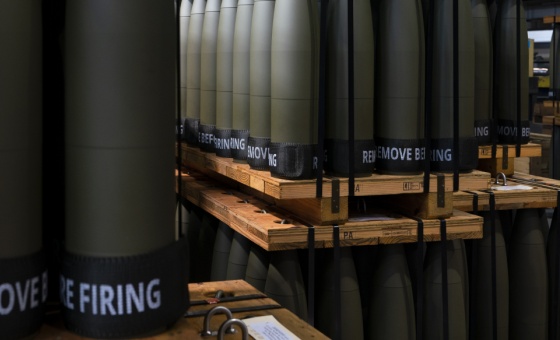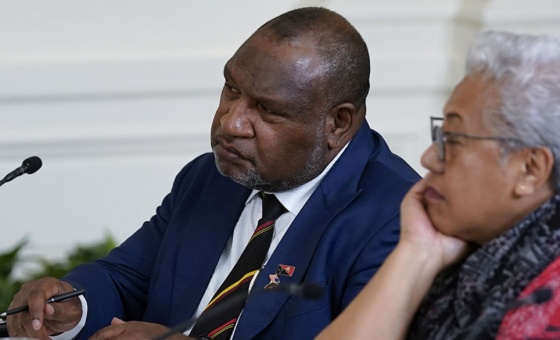This is the last article you can read this month
You can read more article this month
You can read more articles this month
Sorry your limit is up for this month
Reset on:
Please help support the Morning Star by subscribing here
My wish for International Women's Day 2014 is for more girls and women to take up and stay in science.
It's hard to imagine that in 1849 Bedford College, London, (now Royal Holloway and Bedford New College) was the first higher education college for women in Britain. Founded by Elizabeth Jesser Reid, it was the first institution to admit and offer degrees to women.
And, yes, dear reader, that was where I undertook my BSc in biochemistry.
One of my highights since being elected to Parliament in 2010 was hosting a tea party at the House of Commons for the alumna of Bedford College, the oldest of whom achieved a BSc in physiology in 1938.
Women scientists have been around for some time. Over the years there have been a number of women involved in major discoveries who have never been given proper recognition.
The most striking example is Rosalind Franklin. Using X-ray diffraction, she provided crucial evidence of the structure of DNA - captured in an image known as photograph 51 - but was never given the recognition and was denied a Nobel prize.
Another example is Beatrix Potter who was never recognised as an outstanding botanist.
Potter was not allowed to present her paper on fungi to the Linnean Society which had to be delivered by a man.
Margaret Ann Bulkley took more drastic action. She adopted the name James Barry and chose to live as a man in order to be accepted as a student at the University of Edinburgh medical school to pursue a career as a surgeon at a time when most male doctors were opposed to having women doctors.
And it seems the issue of female doctors has not gone away.
Professor J Meirion Thomas recently claimed that having so many women doctors was "hurting the NHS."
He argued that many women wanting to work part-time is affecting the NHS.
He does not appear to address the pay gap between average male and female salaries in the NHS, which is around £19,300 a year. Nor that for many decades women were excluded from even becoming doctors.
A report published by the science and technology select committee found that a lack of gender diversity in STEM subjects (science, technology, engineering and mathematics) is a result of perceptions and biases, combined with the impracticalities of combining a career and family.
When I met a group of women academics in medicine they told me that if you have a career break and so publish half the amount as a man you are thought of as half as good.
They also said that the "blue curriculum" - biochemical, surgical and pharmaceutical subjects which make money - are highly rated over the "pink curriculum" - social origins of disease, patient experience and choice and service provision.
The gender imbalance at senior level distorts healthcare in favour of the blue curriculum.
They said that gender differences are ignored, pointing out as an example that the National Institute for Health and Care Excellence does not have guidelines for gender differences in treatment or pain.
The Biochemical Society conducted a survey of students and professionals and found that there are inflexible structures which do not account for atypical career paths involving taking breaks from work, such as maternity leave.
Also the comparison of publication records for academics when considering grant applications does not take account of factors such as maternity leave.
As for the future, we need to support women who go through a non-linear career in research.
One of many suggestions is the possible establishment of funding or fellowships to support part-time positions in order to encourage more flexible working arrangements.
The Campaign for Science and Engineering is having a diversity round table in February and more solutions should emerge from that discussion.
All that women want is a level playing field. Past discriminatory practices or practices that do not take into account an unbroken career should, in my view, be addressed by intervention to tilt the scales to equality.
After all, it benefits us all if half the population is able to use their talents for the benefit of the whole of society.
How cuts have made things worse
The retention of women and science was addressed in the Roberts review (2001) and Greenfield report (2002) which the then Labour government set out in A Strategy for women in Science, Engineering and Technology.
In 2004 the UK Resource Centre (UKRC) was established with an average core funding £1.8 million per annum over seven years.
But following the 2010 spending review, the coalition government decided not to renew funding for UKRC.
In order to survive UKRC merged with WISE, which was established in 1984 to encourage schoolage girls to pursue STEM or construction-related courses.
The merged organisations, which have kept the name WISE, have a mission to increase the gender balance in Britain's STEM workforce, from 13 per cent to 30 per cent by 2020.
However, against the background of the cuts to the UKRC budget, I wanted to expose the lack of women's visibility in science.
In an adjournment debate on women in science I highlighted the rates of attrition of women in science.
The statistics show that of 15.4 million men in employment in 2009, a third worked in SET.
Of the nearly 13 million women working in the UK, only 5.3 per cent were in SET occupations.
This is despite the fact that women made up 33.4 per cent of all higher education students in STEM disciplines. And in June last year they made up 48.5 per cent of GCSE entrants in STEM subjects.
In a series of early day motions I have been drawing attention to the contribution women have made in science.
My EDMs will continue celebrating women in science historical and current. A current candidate is Royal Society of Chemistry president Professor Lesley Yellowlees - the first woman to hold the position in its 172-year history - who is undertaking pioneering work into dye-sensitised solar cells which has implications of how we use our natural resources and harness solar energy.
Valerie Vaz is Labour MP for Walsall South









